What are Christmas Elves and where do they come from?

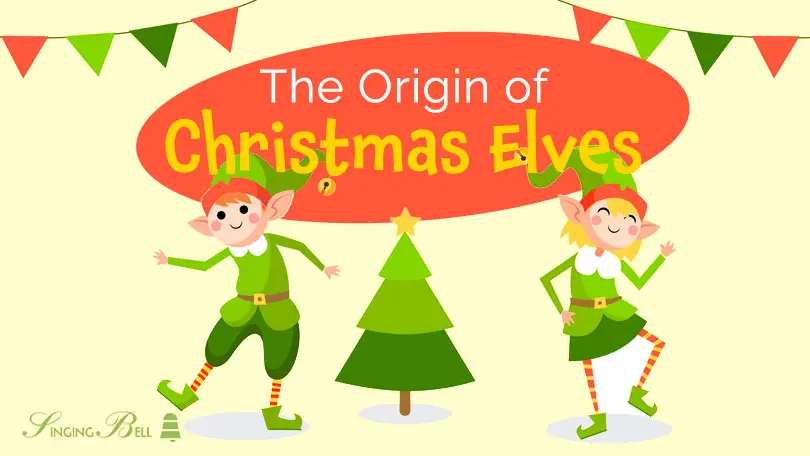
The Christmas season is one which comes packed with lots of magical stories and fabulous traditions. One of such stories or traditions is that of Santa Claus’ magical elves. You might have heard about these magical elves, but do you really know their origins and their relevance to the Christmas tradition?
Well, as luck would have it, in this post, we shall take our time to enlighten you on the origins of these wonderful creatures and what they do during the Christmas season.
Table of Contents
- What are Christmas Elves?
- Origin of Christmas Elves
- Christmas Elves in Literature
- Duties of Christmas Elves
- How Many Elves are helping Santa?
- Christmas Elves in other Countries
- Wrap-up
What are Christmas Elves?
Christmas elves, commonly known as elves are undersized (dwarf-like) beings that live with the legendary Christmas figure Santa Claus (also known as Father Christmas) at the North Pole where they help Santa in his workshop. These magical creatures, who are youthful in nature, come in both genders and appear in pointy hats and red and green clothing. They have very pointy ears and long noses. In Santa’s workshop, these elves assist Santa in manufacturing toys for good children all over the world. Besides helping Santa in his workshop, the elves are also responsible for taking good care of Santa’s reindeer as well as his sleigh.
It is believed that these elves are immortal and possess powers that are capable of influencing the things that you see, do or experience.
No one can really tell where elves in general live, but it is believed they live in places such as forests and mountains. It is also believed that you can find elves residing in wells and springs. However, Christmas elves, which are distinct from other elves, are widely believed to live with Santa Claus at the North Pole.
Origin of Christmas Elves
The origin of elves is rooted in Germanic, Scandinavian and British folklores.
In the past, many believed that these tiny beings possessed magical powers to protect the homes of people who were good from bad things. And as for bad people, elves dealt with them by playing hostile pranks on them. Some of these pranks included giving them bad dreams, hiccups and making their milk taste sour, among others.
In fact it was concluded that your level of friendliness depended on how well these creatures related to you. Legends surrounding elves tell that one of the best ways to avoid the troubles of these creatures was to place a bowl of porridge in front of your door at night.
The name “Christmas elf” came into existence around the mid 19th century when famous Scandinavian writers of the era began associating elves with Santa Claus portraying them as good creatures. It was around that time that most of the traditional festivities associated with Christmas today began widely being accepted.
Christmas Elves in Literature
Around the same time (mid 19th century), a number of renowned writers, including Abraham Viktor Rydberg wrote extensively about these creatures in their works, portraying them only as helpers of Santa Claus (Father Christmas) and not the troublesome tricksters’ people thought them to be. This portrayal played an instrumental role in giving birth to the phrase “Christmas Elves”.
According to historians, one of the first appearances of the phrase “Christmas elf” in literature was found in American poet and novelist Louisa May Alcott’s unpublished 1850 book Christmas Elves. As for the visual image of Christmas elves, it became famous in 1873 after an illustration of the elves and Santa in their workshop was plastered on the front cover of the American women’s magazine Godey’s Lady’s Book. Austin Thompson’s The House of Santa Claus, a Christmas Fairy Show for Sunday Schools published in 1876 also played an instrumental role in further popularizing the image of Santa’s elves to the world.
Away from literature, film and television also contributed in a very significant way in promoting elves and their role as Santa’s helpers. Some good examples of such films include the 1932’s Santa’s Workshop and 2003’s Elf starring Will Ferrell.
Duties of Christmas Elves
Like was said at the beginning of this post, the primary job of Christmas elves is to assist Santa Claus. In assisting Santa, these elves perform a lot of important roles that make the Christmas season more fun and interesting. Some of the most important duties of elves include the following:
- Helping Santa prepare his “Nice and Naughty” list by visiting households across the world few days before Christmas and secretly watching children in order to find out if they are being naughty or nice and reporting back to Santa.
- Designing and making toys for good children in the world.
- Taking good care of all Santa’s reindeer.
- Maintaining Santa’s sleigh and preparing it for flight.
- Making sure that their village remains hidden from the world’s view.
How Many Elves are helping Santa?
The exact number of elves living with Santa and helping him at the North Pole is unknown. Some claim Santa has thirteen elves, whereas others say the number is nine. Some even say Santa has only six elves assisting him. Here are the names of Santa’s most famous elves and their respective duties:
- Alabaster Snowball is the elf that is in charge of Santa’s “Naughty and Nice” list.
- Pepper Minstix is the elf responsible for guarding the secret village of Santa Claus and ensuring that it remains hidden.
- Sugarplum Mary (also known as Mary Christmas) is the one in charge of all the sweets that Santa delivers to the children of the world. She also offers assistance to Mrs. Claus in the kitchen.
- Bushy Evergreen is the proud creator of the toy-making machine which makes all the toys that Santa delivers to children all over the world.
- Wunorse Openslae is the architect and maintainer of Santa’s sleigh. Besides maintaining Santa’s sleigh, Openslae also takes care of the reindeer.
- Shinny Upatree is believed to be Santa’s oldest friend as well as a co-founder of the hidden village where Santa, Mrs. Claus and all the elves live.
Christmas Elves in other Countries
In countries where English isn’t the main language spoken, Christmas elves (Santa’s helpers) are often referred to by different names.
Below is a list of some names given to Santa’s helpers in some countries across the globe:
- In Germany Santa’s helpers are called Knecht Ruprecht.
- In Iceland, they are referred to as Yule Lads.
- The Dutch call Santa’s helper Zwarte Piet in the Netherlands (also known as Black Peter in English).
- In many Nordic countries such as Finland, Sweden, Denmark, etc, Santa’s helpers aren’t elves; they are referred to as nisser.
Credit: Wikipedia
Wrap-up
Is the association of Christmas Elves and Santa Claus to Christmas important, especially for young children?
The simple answer to this question is a resounding YES! These figures not only make the Christmas season more fun, but they also encourage children to be of their best behavior.
Did you like this article?
You may also like:
20 Best Carols for Karaoke You Can Get for Free | Download Christmas Songs

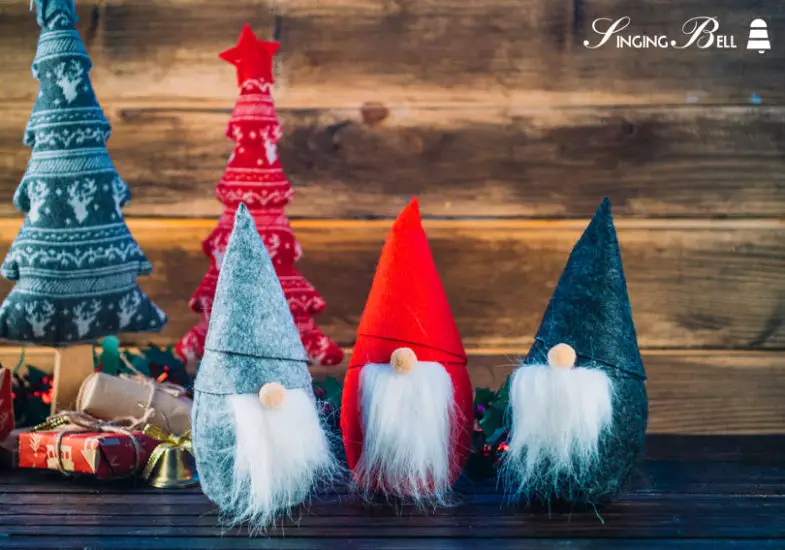
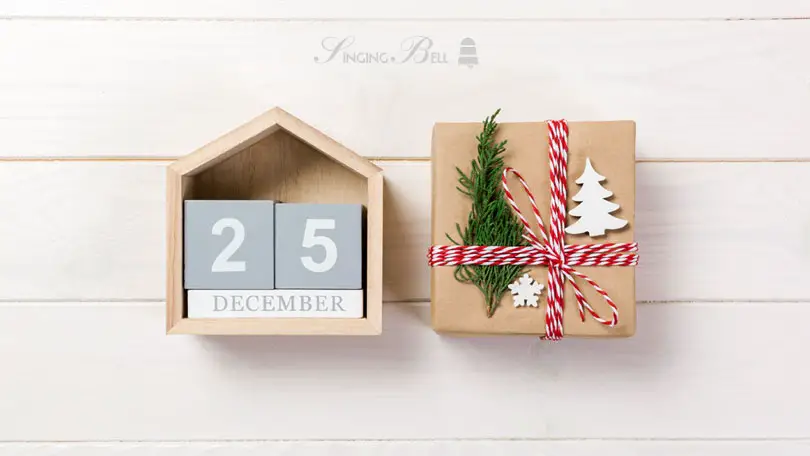
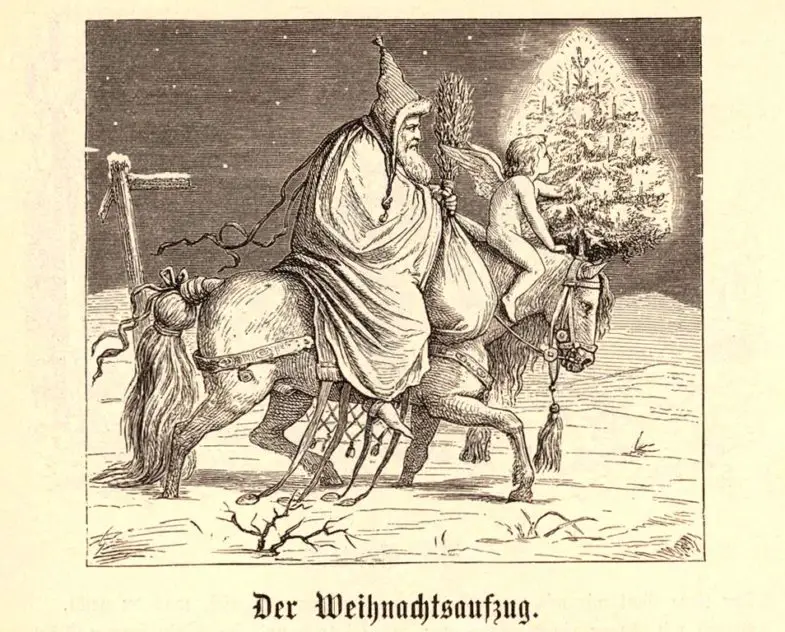

 (2 vote(s), average: 4.50 out of 5)
(2 vote(s), average: 4.50 out of 5)
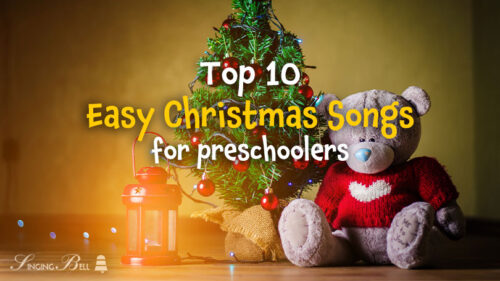

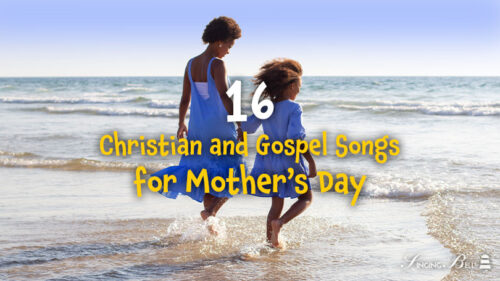

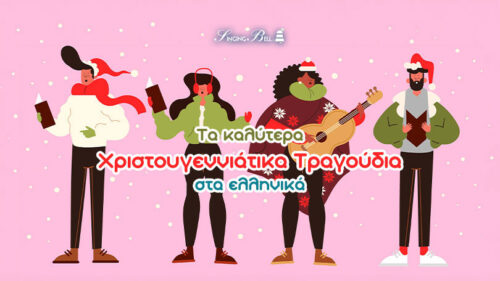

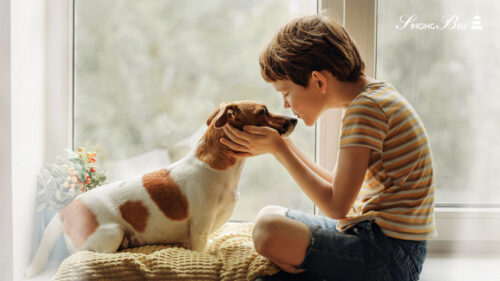

You say nothing about Elves color. The turn of the 20th century, they were Black. I recall seeing them in old books, nick nack decorations and such. Yet, the elves changed to white somewhere along the way. In fact I had all but forgotten Elves were black early on. That is until a coworker came back from New Holland with some local Christmas treasures of black elves. The version they have been using forever. The version I believe used to be used here in the States before my time. It’s like everything else we do in this country when we want to change history. Slowly and progressively implement the historical changes so that few bother to complain. It may not affect the present generation. But as they start dying off, you just implement more changes. Until you get the history to meet your agenda. In 80 years, the new generation will buy in to it because they were raised on it. The old people who refute are just crazy. And of course, our educational system and government wouldn’t lie